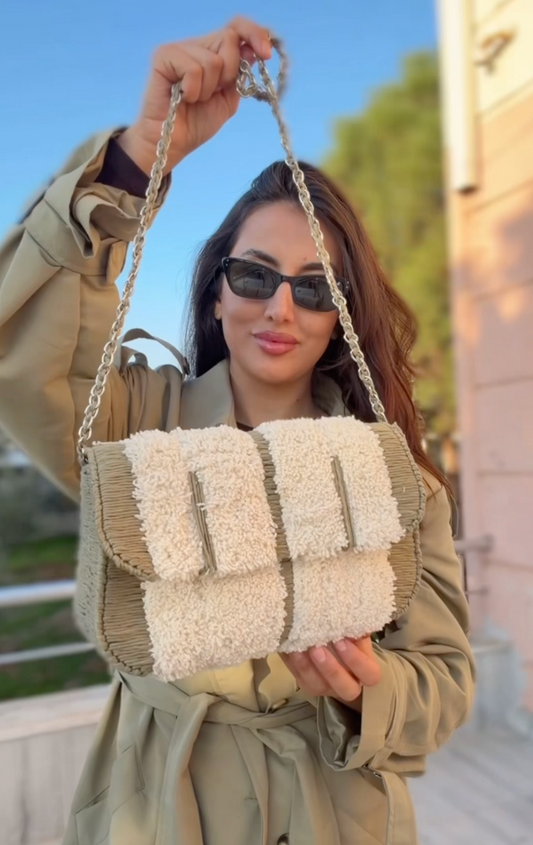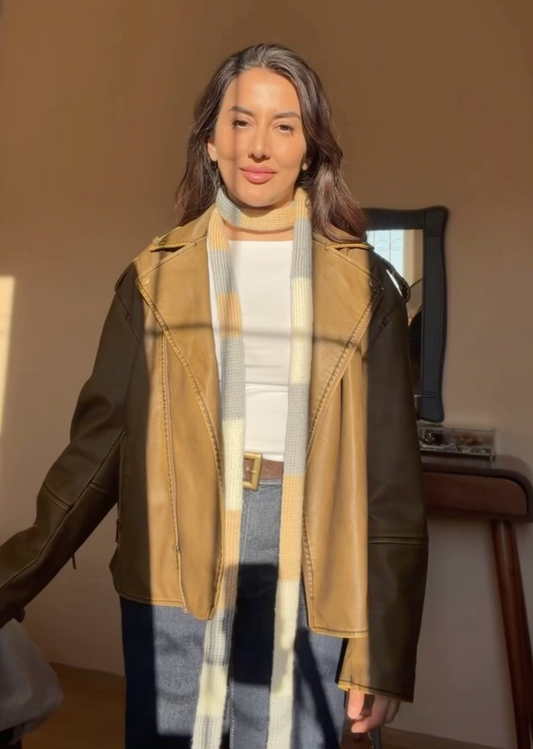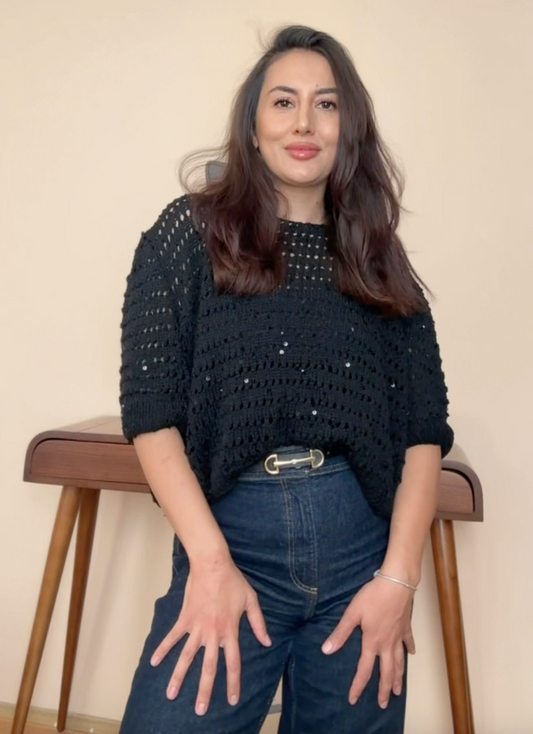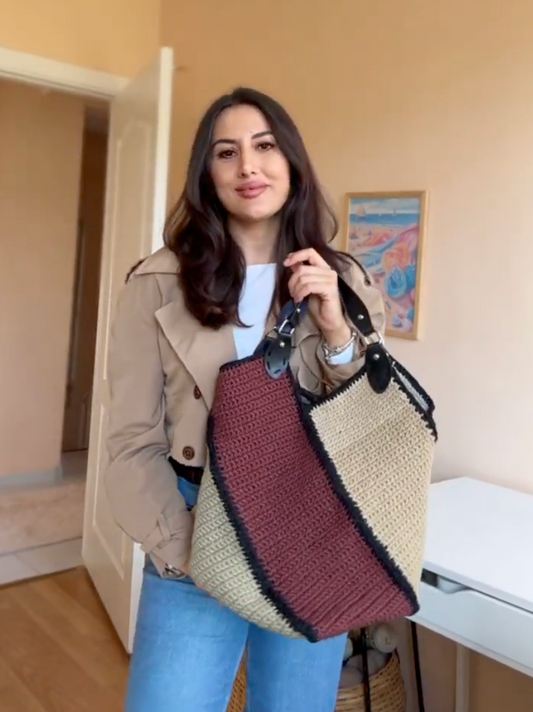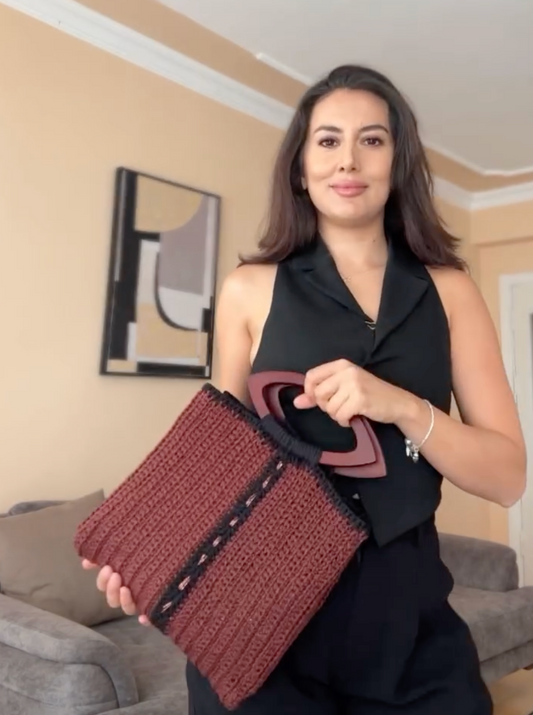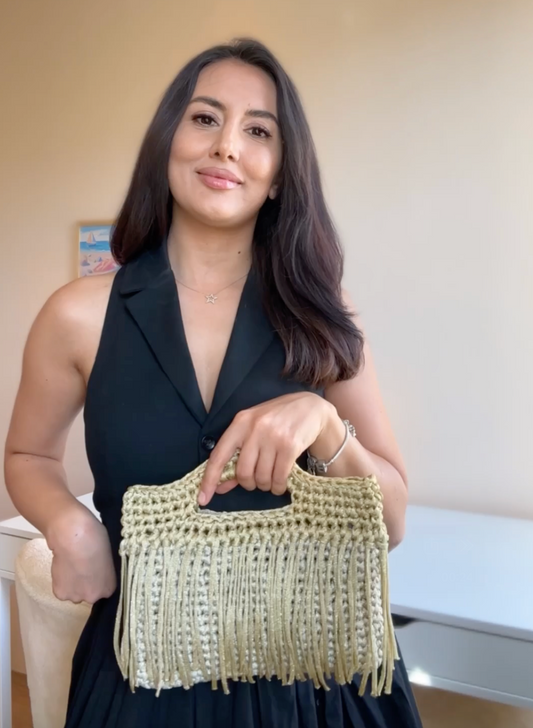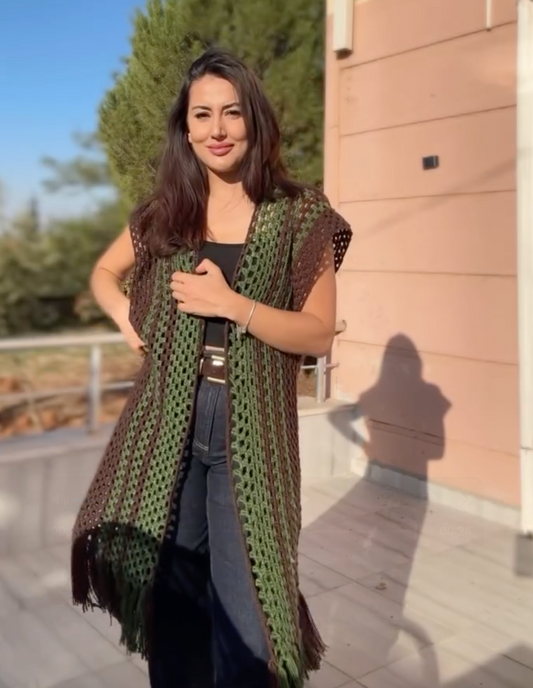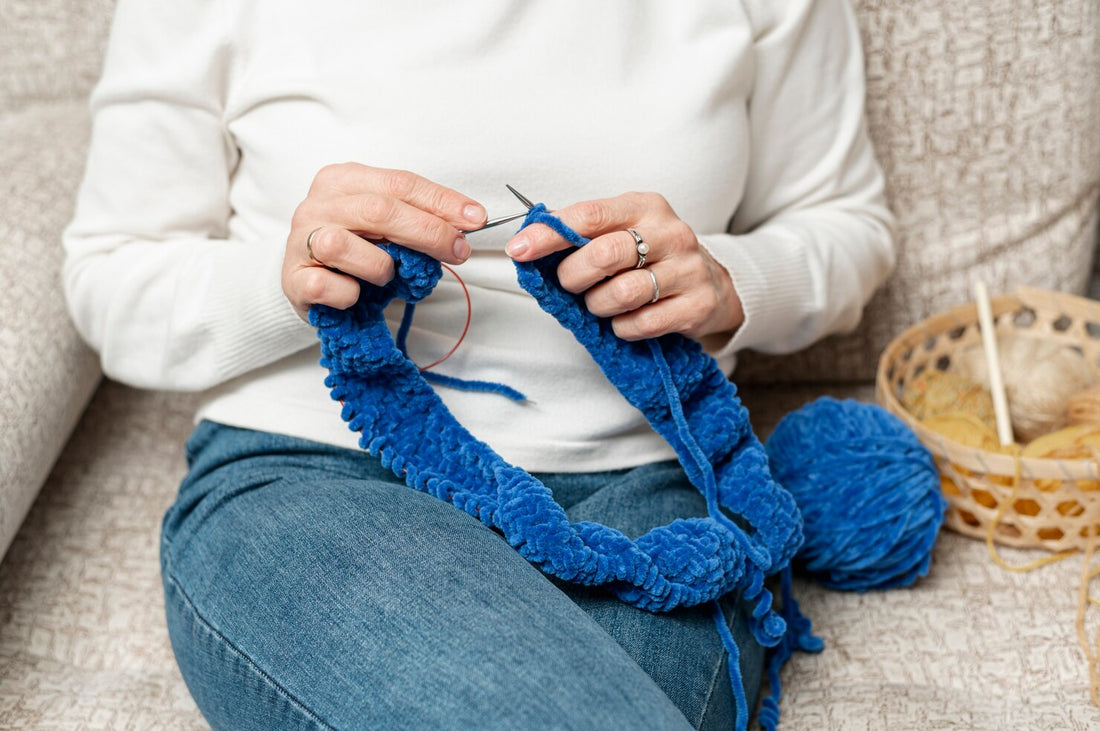
The Ultimate Guide to Blocking Knit and Crochet Projects
Blocking is a crucial step in finishing knit and crochet projects that can elevate the final look and feel of your creations. Whether you're a beginner or an experienced fiber artist, understanding the blocking process and techniques can make a significant difference in the quality and drape of your finished items. In this ultimate guide, we'll delve into everything you need to know about blocking knit and crochet projects to achieve professional results.
What is Blocking?
Blocking is the process of shaping and setting your finished knit or crochet piece to its intended size and shape. It involves wetting or steaming the item to relax the fibers, then pinning it into place to dry. This step can smooth out stitches, even tension, and open lace patterns, resulting in a polished and professional appearance.
Types of Blocking
There are three main types of blocking: wet blocking, steam blocking, and spray blocking.
-
Wet Blocking: This method involves fully submerging your project in lukewarm water with a gentle detergent or wool wash. After soaking for about 15-30 minutes, gently squeeze out excess water without wringing or twisting the fabric. Then, lay the item flat on a blocking mat or towel, shape it to the desired dimensions, and pin it in place until it dries completely.
-
Steam Blocking: Steam blocking is suitable for projects made from fibers that can withstand heat, such as wool or acrylic. Using a steam iron or garment steamer, hover the steam a few inches above the fabric without touching it directly. Move the steam across the item until it is slightly damp, then shape and pin as with wet blocking. Allow the piece to cool and dry in place.
-
Spray Blocking: This method is ideal for delicate fibers or projects that don't require heavy shaping. Fill a spray bottle with water or a blocking solution, mist the item evenly, then gently shape and pin it into place. Allow it to air dry completely.
Tools Needed for Blocking
Before you start blocking, gather the following tools:
- Blocking mats or towels
- Rust-resistant T-pins or blocking wires
- Measuring tape
- Spray bottle (if using spray blocking)
- Steam iron or garment steamer (if using steam blocking)
- Gentle detergent or wool wash (for wet blocking)
Steps for Blocking Knit and Crochet Projects
Follow these steps for successful blocking:
-
Prepare Your Item: Weave in any loose ends and ensure your project is clean if wet blocking is required.
-
Choose Blocking Method: Select the appropriate blocking method based on your yarn type and project needs.
-
Blocking Technique:
- Wet Blocking: Submerge the item, gently squeeze out water, shape, and pin.
- Steam Blocking: Hover steam over the item, shape, and pin as it dampens.
- Spray Blocking: Mist the item evenly, shape, and pin in place.
-
Pin and Shape: Use T-pins or blocking wires to pin the item to the desired measurements and shape. Pay attention to edges, corners, and any pattern details.
-
Allow to Dry: Let your project dry completely in the blocked shape. This may take 24-48 hours depending on fiber content and ambient humidity.
-
Finish: Once dry, unpin your project and admire the beautifully blocked results!
Tips for Successful Blocking
- Always read yarn labels and care instructions before blocking.
- Test a small swatch or inconspicuous area to ensure your blocking method is suitable for the yarn.
- Use rust-resistant pins to avoid staining your project.
- For lace projects, aggressively block to open up the lacework fully.
- Store your blocked items folded or rolled to maintain their shape.
Blocking is a transformative step in the knitting and crochet process that can turn a handmade item into a professional masterpiece. By understanding the different blocking methods, gathering the right tools, and following proper techniques, you can achieve beautifully finished projects with improved drape, stitch definition, and overall aesthetics. Incorporate blocking into your fiber arts repertoire and take your creations to the next level of craftsmanship and beauty!

